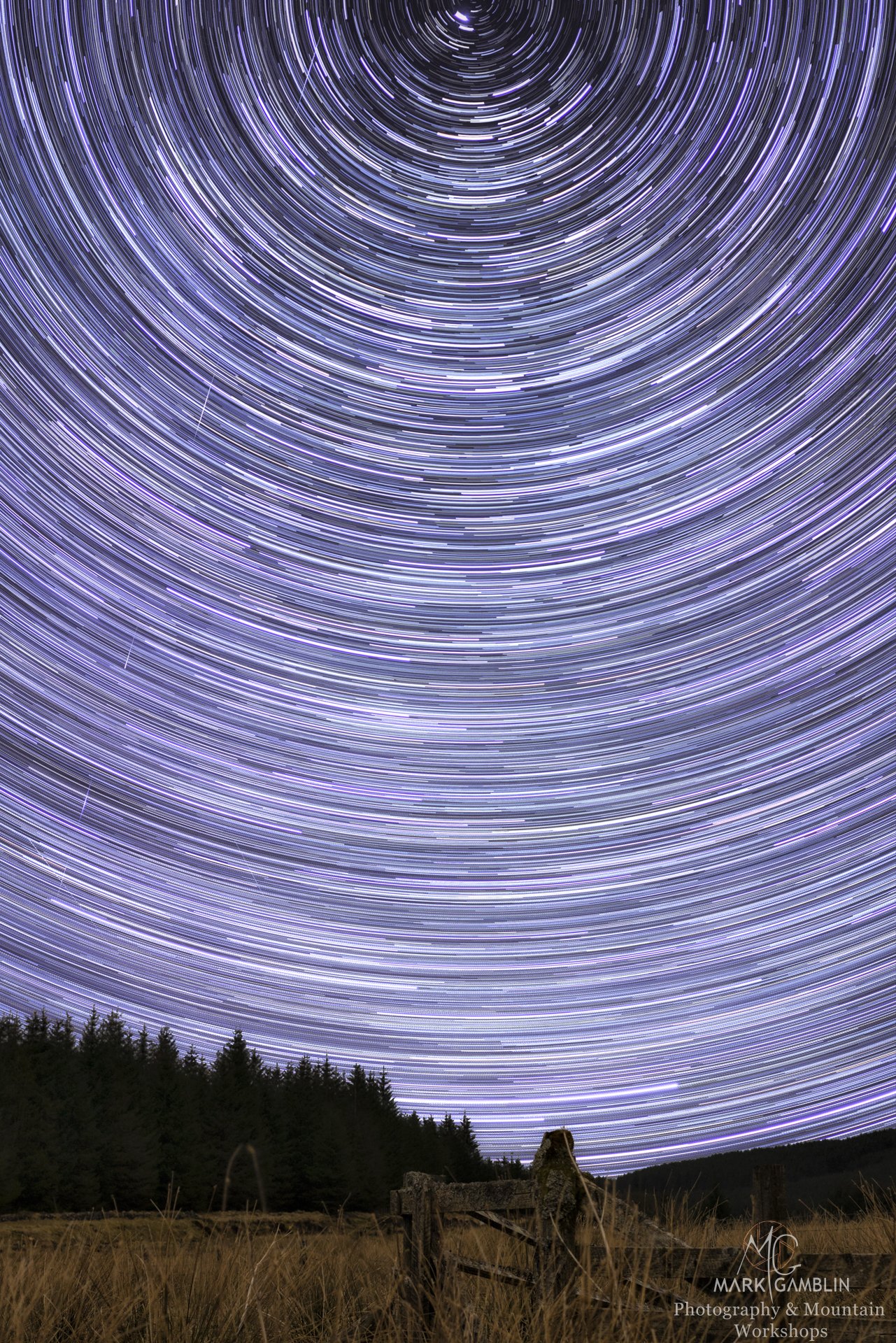Dark skies, astrophotography and the wonder of our universe
The Dark Skies Glamping Pod is located on the border between Dumfries and Galloway and the Scottish Borders. Not far away is the Galloway Forrest Park, which in 2009 became an International Dark Sky Park, one of the first in the world to earn this status. Our glamping pod is set on 55 acres of land, once an old hill farm, within the forests of Eskdalemuir. We are one of the remotest properties in Southern Scotland, being almost 5 miles down a forestry track, part of the adventure is getting out here! Because we are so remote we have no light pollution for miles around and some of the darkest night skies in the UK.
Our little bolt hole in the woods
I’ve always loved the night sky and anything to do with space for as long as I can remember, and I started learning landscape astrophotography around 13 years ago. Going hand in hand with my passion for mountaineering and wild camping, i’d regularly take myself off into the mountains to camp on a lonely summit somewhere with my camera trained to the sky. I still do this often (and will for as long as I can carry my gear up a big hill) but since moving to this beautiful valley I can now step out of my front door to the Milky Way shining bright above me.
Wild Camping below Bowfell Summit, looking over towards the Scafells
I now teach other photographers how to photograph the night sky, and have recently advertised our photography holidays here at The Dark Skies Glamping Pod.
https://www.darkskiesglampingpod.co.uk/photography-holidays
For anyone wanting a unique experience at our luxury off-grid glamping pod, whilst learning the art of landscape astrophotography, we’re in the perfect location to offer this. You will have a three night stay, with three days of photography tuition. Including a tour around our valley to some of the many historical and archaeological sites, including old hill forts, stone circles and of course the Samye Ling Buddhist monastery, which is just down our track.
Samye Ling gardens
Loupin Stanes stone circle
I’d like to think of myself as an ambassador for our dark skies here in the UK, showcasing what amazing night skies we actually have in the UK, and teaching others about our night sky and how to capture it on camera. Away from the light pollution of our towns and cities you really can get a sense of our place in this universe, with over 7000 stars and planets visible with the naked eye, on a clear night that is! It gives you a sense of wonder and awe at the shear scale of things. Looking at Jupiter on a clear night and realizing it’s 365 million miles away, or capturing Andromeda on camera, our nearest major galaxy which is 2.5 million light years away! I can never get enough of sitting under a dark sky and just letting my mind wander into the foundations of the universe and the meaning of life.
The Milky Way rising in the night sky
My favourite time to be under he night sky is during the winter months, the long dark nights host a myriad of wonders for the keen stargazer. Orion the hunter makes it’s appearance in our skies during winter and is a great constellation to photograph. We can also use Orion to navigate, it rises in the east, travels across our southern sky then sets in the west. The three stars that make up Orions belt run roughly east to west, and the stars which hang below and make his sword point South. Pleiades is another great object in our winter night sky, otherwise known as the Seven Sisters because of the seven stars visible in a small cluster in the sky. There’s also the obvious one, Ursa Major, or The Plough, which is in our northern sky and is how we find our pole star or North star, Polaris, another useful navigation tool.
The pointer stars below Orion’s belt point South
The night sky as it circles around our pole star, Polaris
Since being here in Scotland, I’ve been wanting to capture the Aurora Borealis, Northern Lights. Recently in the UK we’ve had some good shows as far down as South Wales, but It seemed like every time my alert went off on my app, it was cloudy here. Waking up to images on social media the next morning was making me more eager to capture the elusive light show. Then one night whilst sitting in editing photos my alert went off on the Glendale Aurora app, I immediately popped my head out of the door and there it was, visible with the naked eye, a green glow on he horizon turning magenta then into pillars of light shining high into the Northern sky. I grabbed the camera and tripod, headed out and fired off a couple of shots.
Possibly my best experience under the night sky came in 2020, when C/2020 F3 or comet Neowise was discovered in near earth orbit. The comet was visible in our night skies throughout July that year, but again most of that month was shrouded by cloud during the night out here in the sticks. Finally we had a forecast for some clear nights towards the end of the month and I was determined to see and photograph the brightest comet since Hale Bopp in 1997. Neowise was so bright at a magnitude of 0.5 - 1, which makes it visible to the naked eye, you could see its tail streaking behind it, obviously in dark sky areas. I spent a few nights out under some good conditions with the camera. Mostly just setting the camera for a time-lapse whilst laying back and observing an event that won’t happen again for another 6000 years or so.









